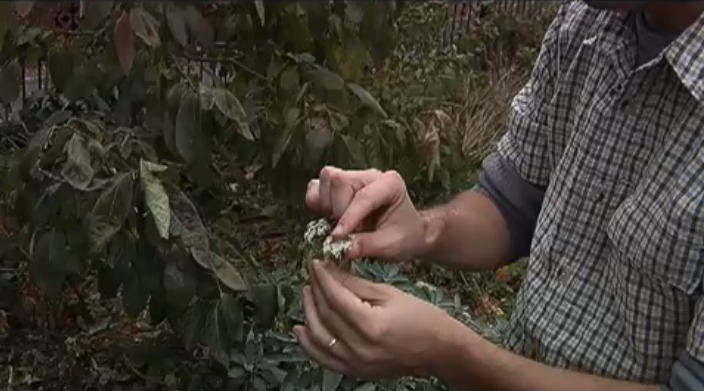Plant a perennial garden
Plan and plant a small perennial garden using seeds or starter plants, learning soil preparation, planting techniques, and ongoing watering and care.



Step-by-step guide to plant a perennial garden
HOW TO START A GARDEN | Gardening for kids
Step 1
Choose a sunny or partly sunny spot for your perennial garden where your plants will get several hours of light each day.
Step 2
Measure and mark the size of your garden area using the measuring tape so you know how much space you have.
Step 3
Remove grass leaves rocks and weeds from the area so the garden bed is clear.
Step 4
Dig and loosen the soil about 8 to 12 inches deep with your shovel so roots can grow easily.
Step 5
Mix compost or organic matter into the loosened soil using the shovel to make the soil richer and fluffier.
Step 6
Plan where each seed or starter plant will go using the spacing directions on seed packets or plant tags.
Step 7
Decide whether you will plant seeds or starter plants so you know which next step to follow.
Step 8
If you chose seeds then make shallow rows or small holes at the depth on the seed packet and place the seeds into the soil.
Step 9
If you chose starter plants then dig a hole slightly larger than each root ball and place the plant so the top of the root ball is level with the soil.
Step 10
Gently press soil around each seed or plant with your hands to remove big air pockets and secure them.
Step 11
Water the whole garden area gently but deeply until the soil is evenly moist.
Step 12
Spread a thin layer of mulch around the plants leaving a small gap at stems to keep moisture in and weeds down.
Step 13
Label each plant with its name and the planting date using the plant labels and marker.
Step 14
Make a simple watering and care schedule on a calendar and ask an adult to help you follow it.
Step 15
Take a photo of your finished perennial garden and share your creation on DIY.org
Final steps
You're almost there! Complete all the steps, bring your creation to life, post it, and conquer the challenge!


Help!?
What can we use instead if we don't have a measuring tape, shovel, compost, plant labels, or mulch from the instructions?
Use a string and two stakes to measure and mark the garden area, a garden fork or hand trowel to dig 8–12 inches, well-rotted leaves or bagged topsoil mixed with kitchen compost as organic matter, painted stones or popsicle sticks and a permanent marker for plant labels, and shredded leaves or newspaper as mulch.
My seeds aren't sprouting and some starter plants look droopy—what steps in the instructions should I re-check to fix this?
Re-check that you dug and loosened the soil 8–12 inches and mixed in compost, planted seeds at the packet depth or placed starter plants with the root ball level with the soil, gently pressed soil to remove air pockets, watered deeply until the soil was evenly moist (not waterlogged), and left a small gap between mulch and stems to prevent rot.
How can we adapt this perennial garden activity for different ages so it's safe and fun?
For younger children have an adult choose a small pre-dug patch or container and let them help remove weeds, press soil around starter plants, spread mulch, and label plants, while older kids can measure and mark the bed, dig 8–12 inches, mix compost, follow seed packet spacing and depths, and make the watering schedule and photos for DIY.org.
What are simple ways to extend or personalize the garden after following the basic planting steps?
Enhance the bed by painting and personalizing plant labels, adding a rock border or stepping stones, planning companion or pollinator-friendly perennials when you space plants, keeping a photo growth diary and a color-coded watering calendar, and sharing the finished garden on DIY.org.
Watch videos on how to plant a perennial garden
HOW TO TAKE CARE OF THE PLANTS for PRESCHOOLERS
Facts about perennial gardening for kids
🧪 A teaspoon of healthy garden soil can contain billions of helpful microorganisms.
🐝 About one in every three bites of food depends on pollinators that visit flowering perennials.
💧 Mulch and good soil preparation can dramatically reduce how often you need to water — mulch can cut surface evaporation nearly in half.
🌱 Native perennial plants support many more local insects and birds than most non-native ornamentals.
🌼 Perennial plants live more than two years — some, like peonies, can bloom for decades.
How do you plan and plant a small perennial garden with a child?
What materials do I need to plant a child-friendly perennial garden?
What ages is planting a small perennial garden suitable for?
What are the benefits of planting a perennial garden with children?


One subscription, many ways to play and learn.
Only $6.99 after trial. No credit card required



